Schoolgirls wearing hijabs and headscarves have divided the society of Kazakhstan. Some call the ban on wearing religious head covering the oppression of girls. Others believe this ban is a normal practice in a secular state. Still others develop the model of a headscarf acceptable for schools.
Thursday, April 27, IWPR organised a roundtable discussion “The balance between secularism and religious freedom in educational institutions” in Astana with participation of experts, non-governmental organisations and employees of government agencies.
Unsolved problem
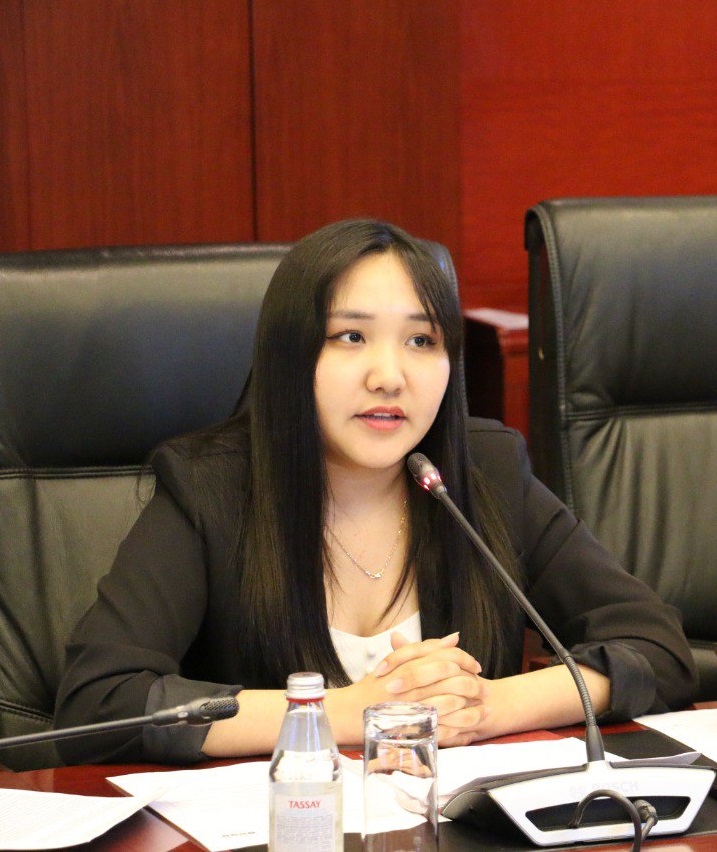
Asel Ramazan, lawyer of public foundation “Pravo”, said about her organisation’s experience in supporting families who came back to Kazakhstan from countries with high rate of terrorist activity. She highlighted the need to take measures that would help improve legal awareness and religious literacy of Kazakhstanis. According to the expert, conflict situation in schools about wearing a headscarf arise because of official requirements to school uniforms, which prohibit wearing religious symbols.
“The requirement to school uniform is the absence of any religious symbols. That’s why conflict situations arise, and they are resolved on a case-by-case basis,” said Asel Ramazan.
Kazakhstan-based Muslims have tried to accept the situation for many years. Scandals over non-admission of girls wearing headscarves and hijabs to schools usually erupted and ended at the start of the school year. Olzhas Bilyalov, human rights defender, deputy chair of the “Eurasian Human Rights Organisation”, said that his organisation often gets complaints from parents against school administration, who oppress children because of wearing headscarves or hijabs. Very often, girls with their heads covered are not allowed to study.
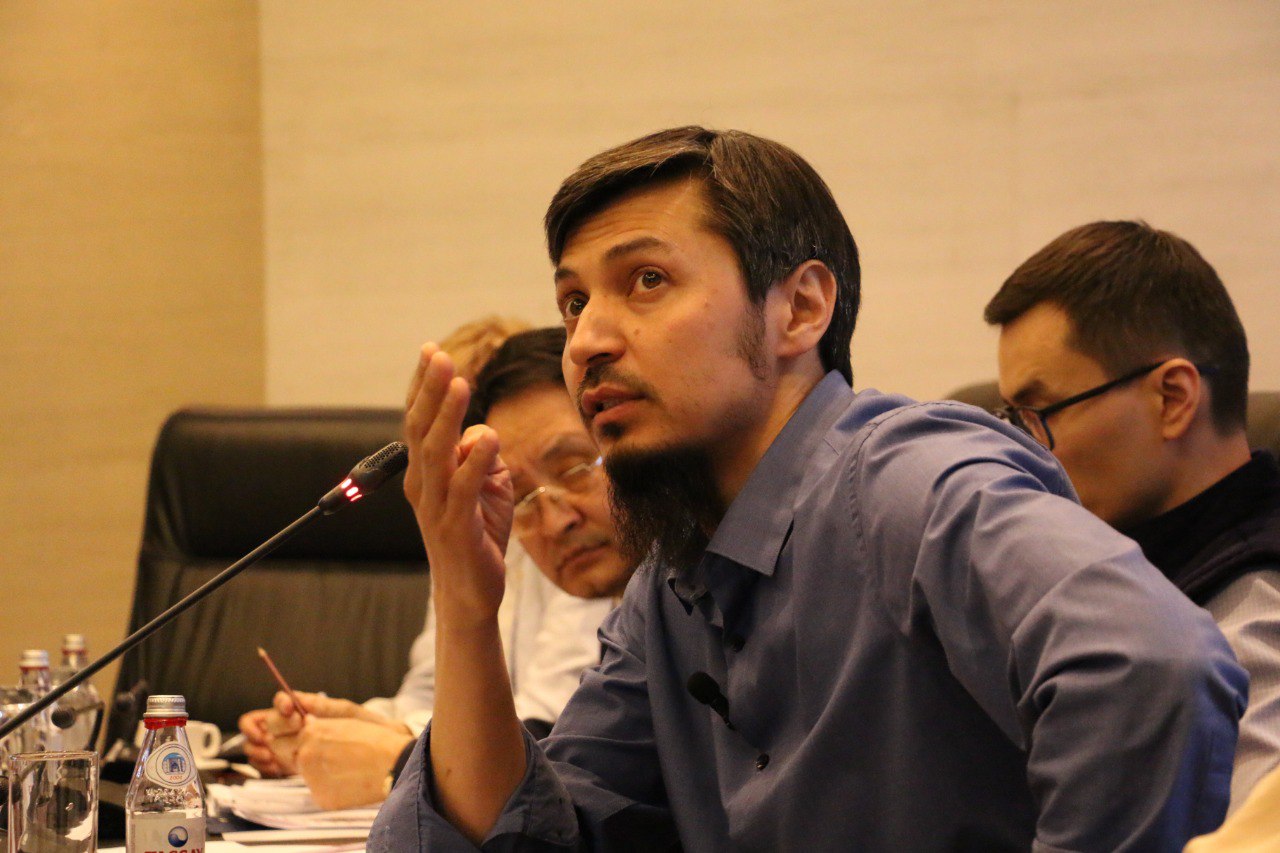
“In 2022, when we just started our work (on protection of rights of girls from Muslim families – Editorial staff), we received the reply from the educational agency that the number of schoolgirls wearing headscarves in Kazakhstan was over two thousand, but we (employees of the agency – Editorial staff) work so hard that we fined 200 parents, and now 173 girls wear headscarves in Kazakhstan. This was the message of the Committee to Protect Children’s Rights!” said Olzhas Bilyalov.
Meanwhile, attention of civil society to this problem resulted in prosecution of those who did not allow girls into schools. Now social activists report rare facts of administrative penalties for school representatives.
“The principal and the police officer who did not allow the girl into school were penalised – it happened in the south. The akimat of Astana also fined the principal for not letting the child into school,” the human rights defender said.
Leaders of “Eurasian Human Rights Organisation” do not want partial solutions. They believe that item 13 should be removed from the internal order of the minister of education “On approval of requirements to mandatory school uniform,” which prohibits any religious symbols in students’ clothing. Olzhas Bilyalov also emphasised that this provision did not meet the constitution of Kazakhstan and international rules, which guarantee the freedom of religion and do not discriminate in the field of education, including on religious grounds.
Two extremes
Gulmira Birzhanova, lawyer and co-founder of Public Foundation “Legal Media Centre”, submitted the report “Review of the situation with religious freedom and analysis of legal provisions in Kazakhstan” to the roundtable discussion. The report was prepared by IWPR jointly with “Legal Media Centre” with participation of lawyer Mereke Gabdualiev. The research included the survey of prominent experts, human rights defenders, lawyers on compliance with the principle of secularism, rights of believers and compliance of the order by education minister on requirements to school uniform with the Constitution.
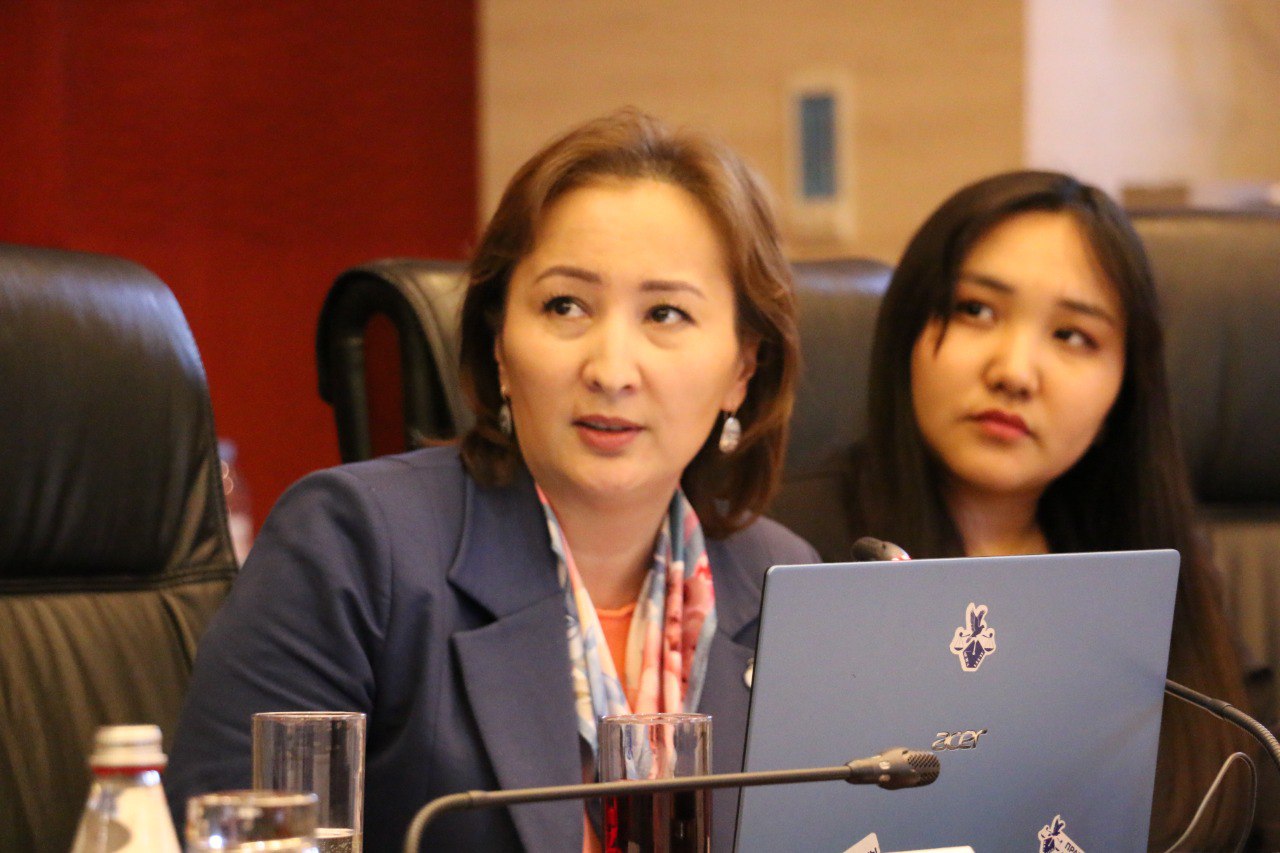
“Some replies were as follows: the state must create alternatives so that religious associations could independently organise schools, where secular education would be given, but all rituals would be performed. Prominent lawyers think that this order contradicts international standards, the constitution. Some experts believe that this order is an overt struggle against religion, others believe that this is the matter of compromise. Still others said that this requirement is lawful. I liked the phrase of an expert: “Sometimes non-involvement gives more effective results, rather than attempts to regulate and interfere,” Gulmira Birzhanova said.
According to the study, experts suggested defining clearly human or student’s and worker’s right to wear religious clothing, including head coverings, on religious grounds, in the law
“Kazakhstan is a secular state under the Constitution. But if the state performs iftar pompously in Akorda, while prohibiting girls from wearing hijabs, it’s not the right approach of the state,” Gulmira Birzhanova said.Zhazira Bukina, editor of cross-media platform Men of media.kz, believes that authorities must pay attention to immigration of young families with children to various countries because of discrimination against schoolgirls on religious grounds. According to her, religious Kazakhstanis often prefer Turkey, European countries and neighbouring states for relocation, where the question of wearing headscarves in school is already resolved and causes no conflicts.
“A headscarf in school does not radicalise the society. The Kyrgyz allowed girls to wear headscarves and they remained as tolerant as they used to be. Russia’s experience also shows that the state is being very flexible. It’s impossible to make the sun rise in the west, just like it’s impossible to make a man stop practising their religion. We are the only country now that makes problem out of headscarves,” Zhazira Bukina said.
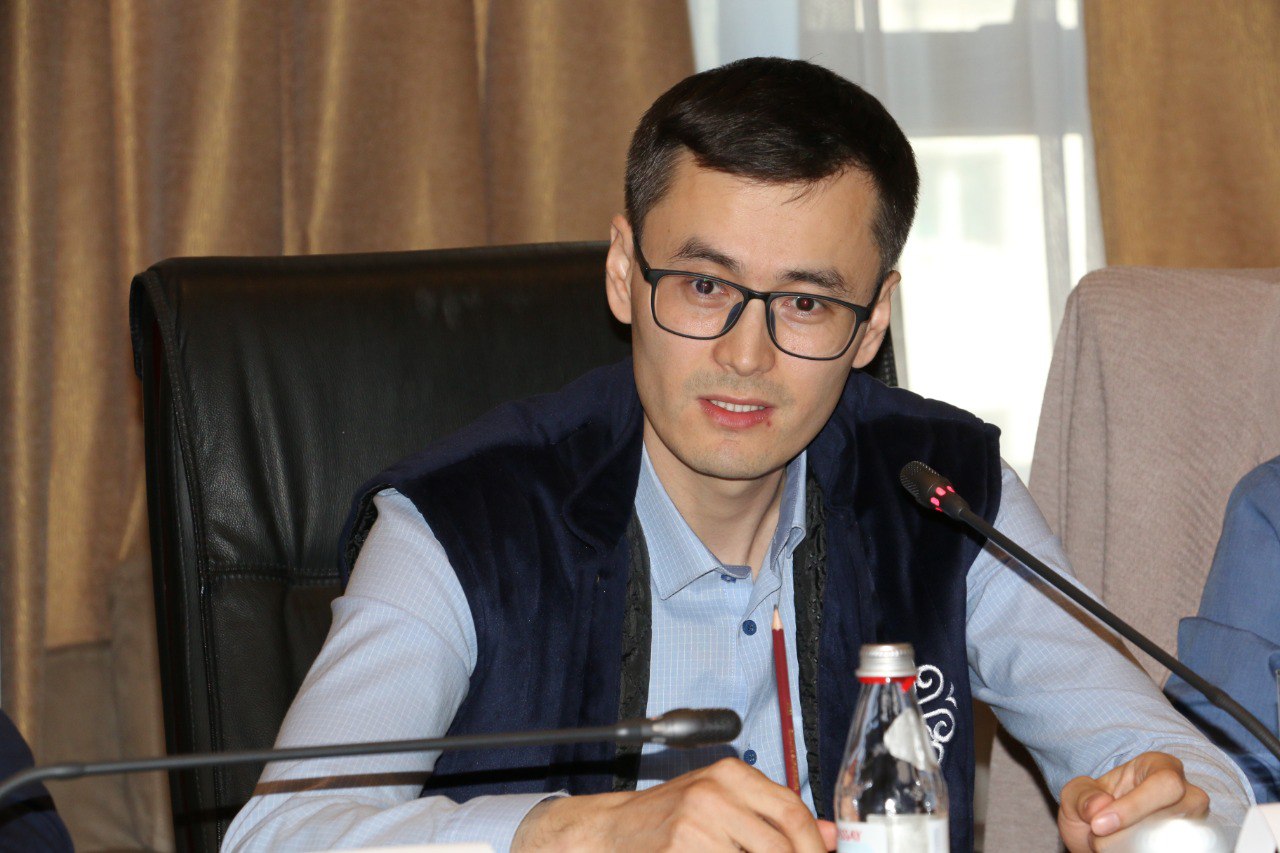
Representative of the Association of Experts in Religion Yerzhan Baibol said that the situation is not the same in all schools across the country. There are some educational institutions, where children’s and parents’ rights to religious freedom are respected.
“There are public schools, which are attended by children wearing headscarves, with their body parts covered according to their faith, and they meet all the requirements to school uniform. They are not humiliated or degraded on religious grounds,” the expert said and added that other schools have serious shortcomings.
“Therefore, it’s not the point of legitimacy of the minister’s order (on school uniform – Editor). It’s the point of insufficient explanation of the national policy regarding religion, while it should be conveyed properly,” Yerzhan Baibol said.
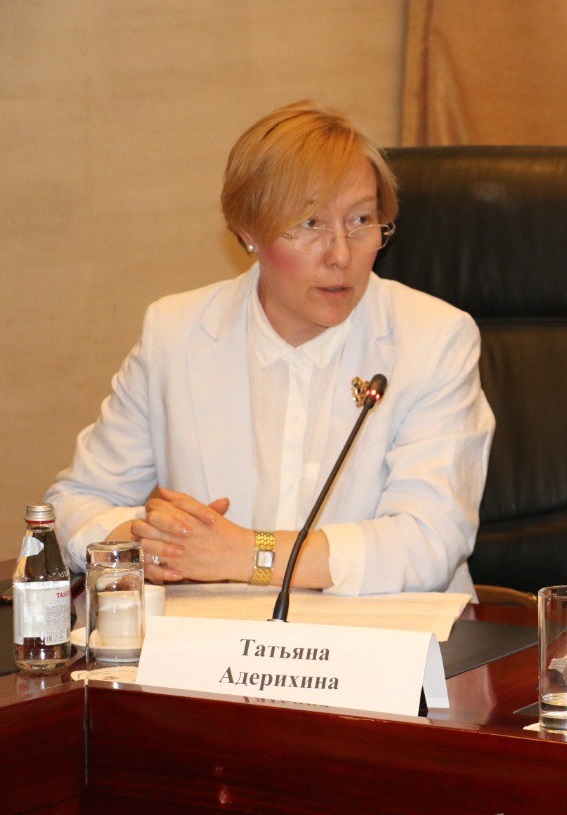
Tatiana Aderikhina, supervisor of UNICEF programmes on education, focused on the rights of a child to education and children’s rights to use their language, culture and religion, which are specified in the Convention on the Rights of the Child and which should complement each other. The expert emphasised that international approaches imply absolute exercise of rights to education. According to her, it is important to listen to the teachers’ position when discussing the issue of wearing headscarves in schools.
“Today you have provided more experience of neighbouring countries. But there are other countries, which, vice versa, struggle to depenalise not wearing of headwear or other religious attributes used by students or people in the society. Therefore, we should see how fast a country can move in this direction not to reach another extreme, which could be a bad role model,” Tatiana Aderikhina said.
The expert finds it very important to carry out a deeper study to analyse the attitude of representatives of different religions of Kazakhstan to the issue of wearing religious clothing. According to Aderikhina, while seeking solutions, it is important not to violate the child’s freedom of choice to avoid coercion to anything. At the same time, the child should not be limited in their access to education.
“We should consider various forms of education, so that the child could socialise. It’s important now to focus on development of other skills in children – soft skills, which could help them make a right choice in their lives,” said Tatiana Aderikhina.
Searching for a compromise
Nurlan Kayrbekov, representative of the Spiritual Administration of Muslims of Kazakhstan (DUMK), added some optimism to the discussion. According to him, the DUMK is developing the concept of the most acceptable model of headscarf to be worn in schools. According to him, it must be taken into account that the number of followers of Islam in Kazakhstan is increasing due to the return of ethnic Kazakhs to their historical homeland from China, Uzbekistan and Türkiye.
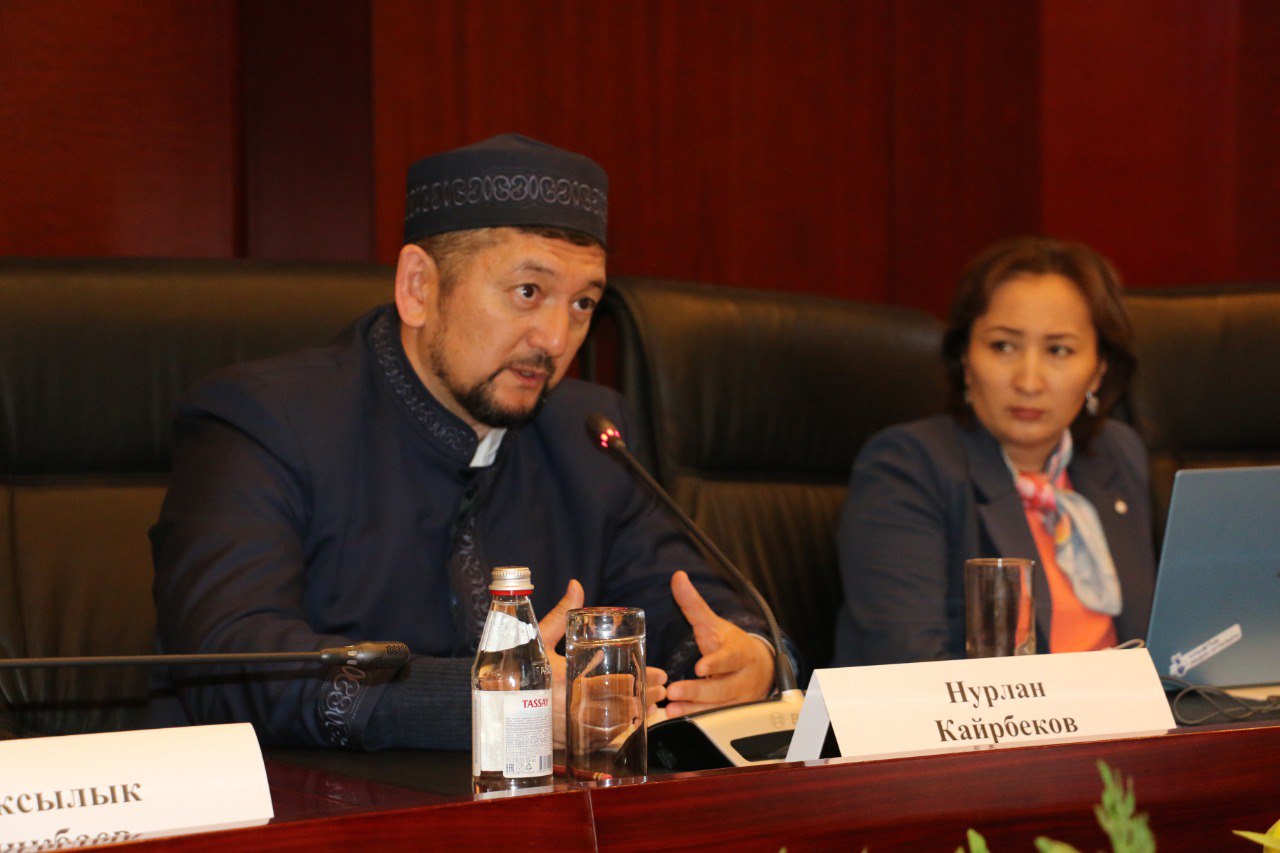
“They bring Islam with them. I have heard many times that 80 per cent or more people are Muslims in Kazakhstan. This is the sign that we should have a softer attitude to such things as wearing headscarves, and so on. We support wearing headscarves, but it is important that their style does not cross traditional limits. We are now working over this question, meeting authorised persons. I believe we will reach a positive outcome,” Nurlan Kayrbekov said.
In case of official permission of wearing headscarves and hijabs in schools, Ali Seidullaev, representative of the Centre for Studies of Religions of Astana, suggests to pay attention to possible risks of conflicts between children.
“It is important to prevent cases when children that follow Islam discriminate against children who don’t share their religious views or practice another religion and call them astray, disbelievers, and so on,” Seidullaev said.
The roundtable gathered all stakeholders for the first time, but the ministry of education did not respond to the organisers’ invitation. Sabyrzhan Seytzhanov, representative of the state National Centre for Human Rights, refrained from assessing the tendencies in question. In his short speech, he emphasised the need for public discussion.
“Some might think this question is not very important, but if we look deeper, it contains the issues of migration, national security and economic issues. Therefore, we should discuss it actively to reach a well-considered decision,” said Seytzhanov.
Main photo: Anar Bekbasova

